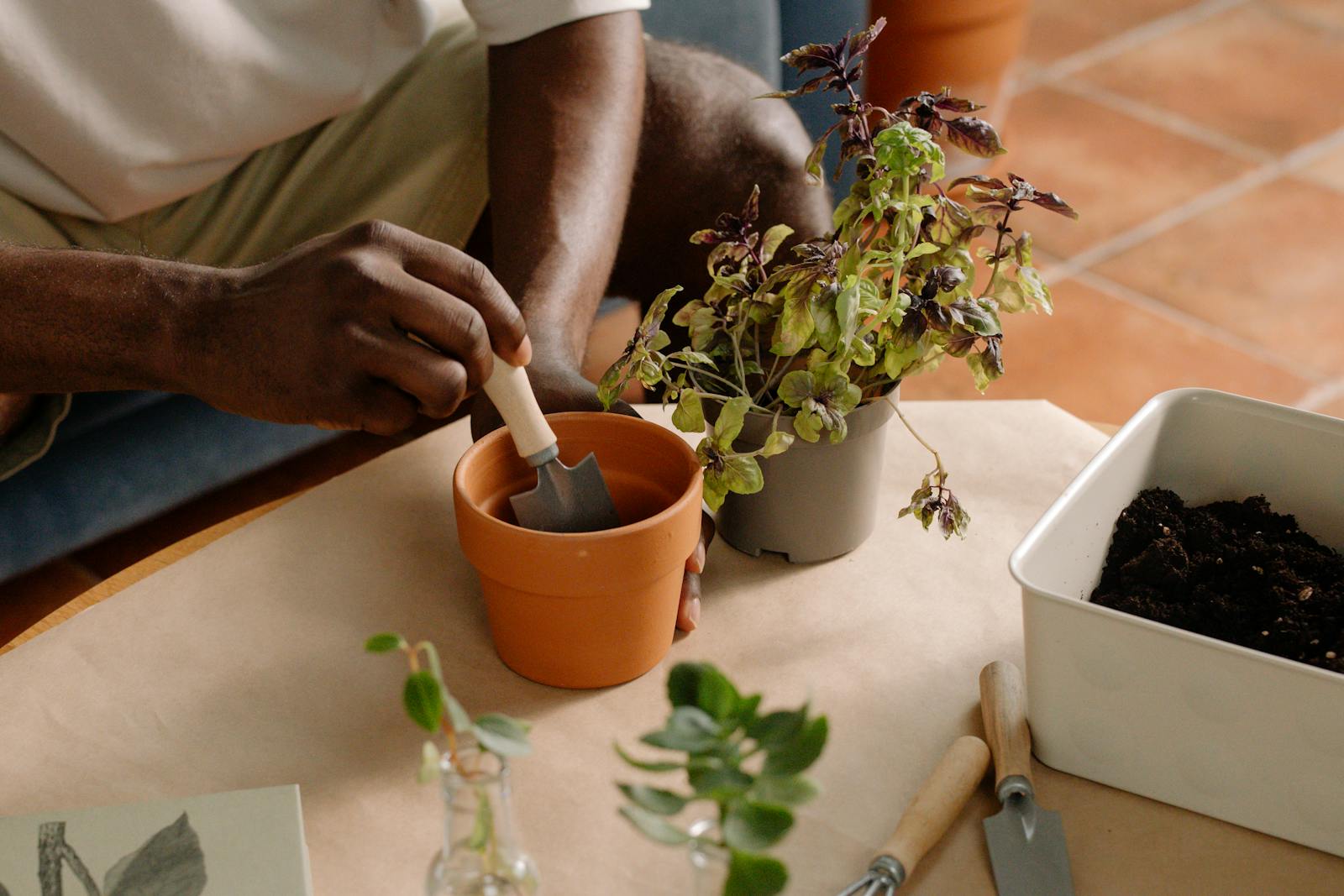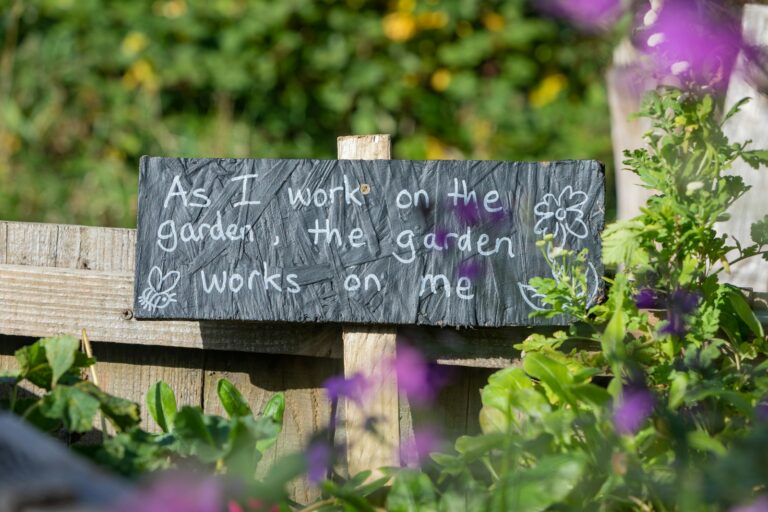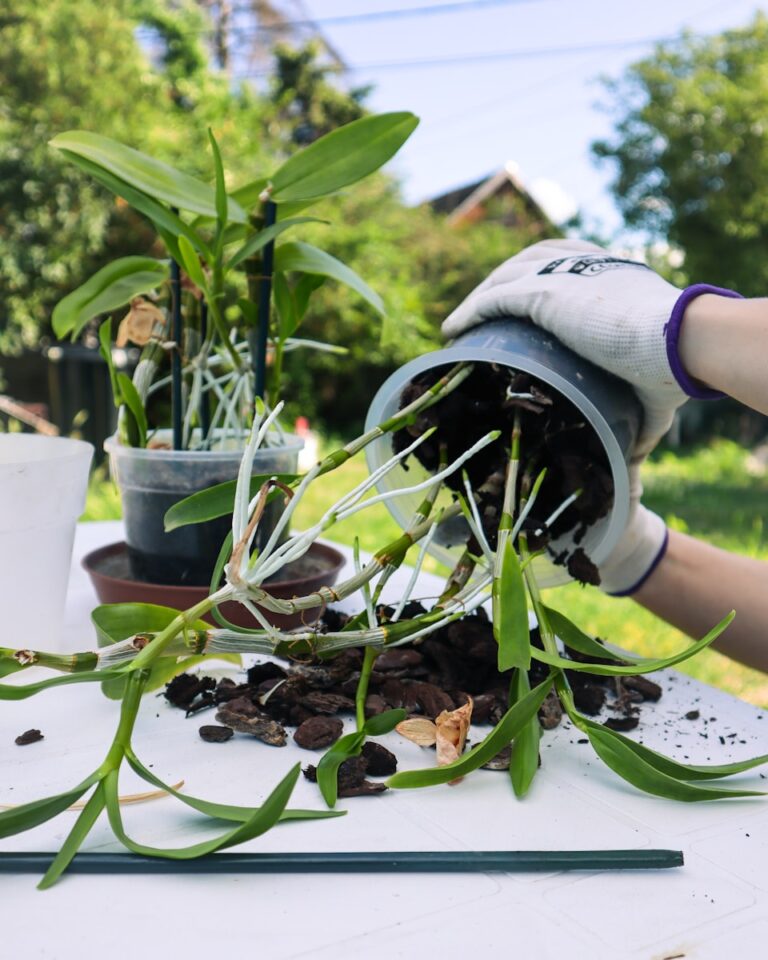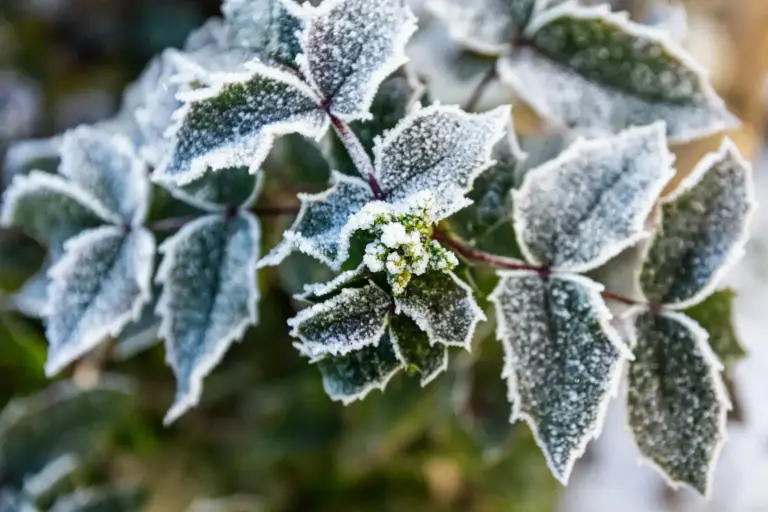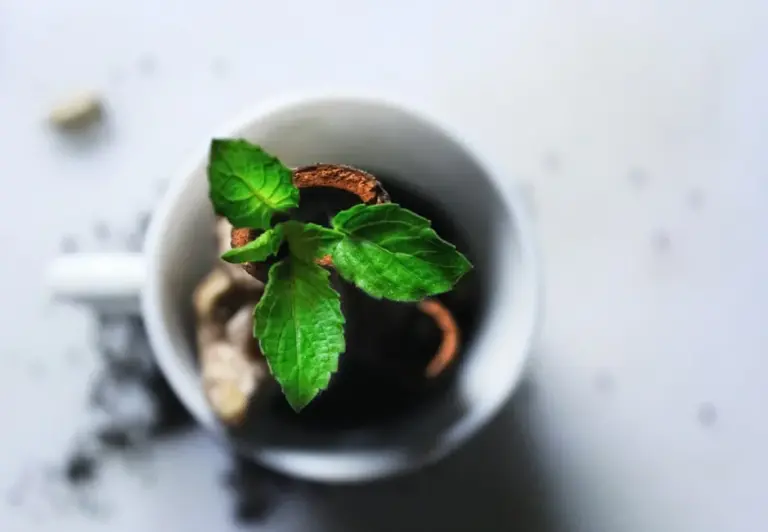How to Create a Small Herb Garden by the Window for Fresh Flavor Year-Round
Ever wished you could grab a handful of fresh herbs while cooking dinner? Setting up a mini herb garden by your window is a simple way to bring fresh flavors into your kitchen, even if you live in an apartment or have limited space.
A small indoor garden can fit right into your daily routine and bring a little greenery to your home.
Choose herbs that thrive indoors like basil, parsley, chives, cilantro, mint, and oregano
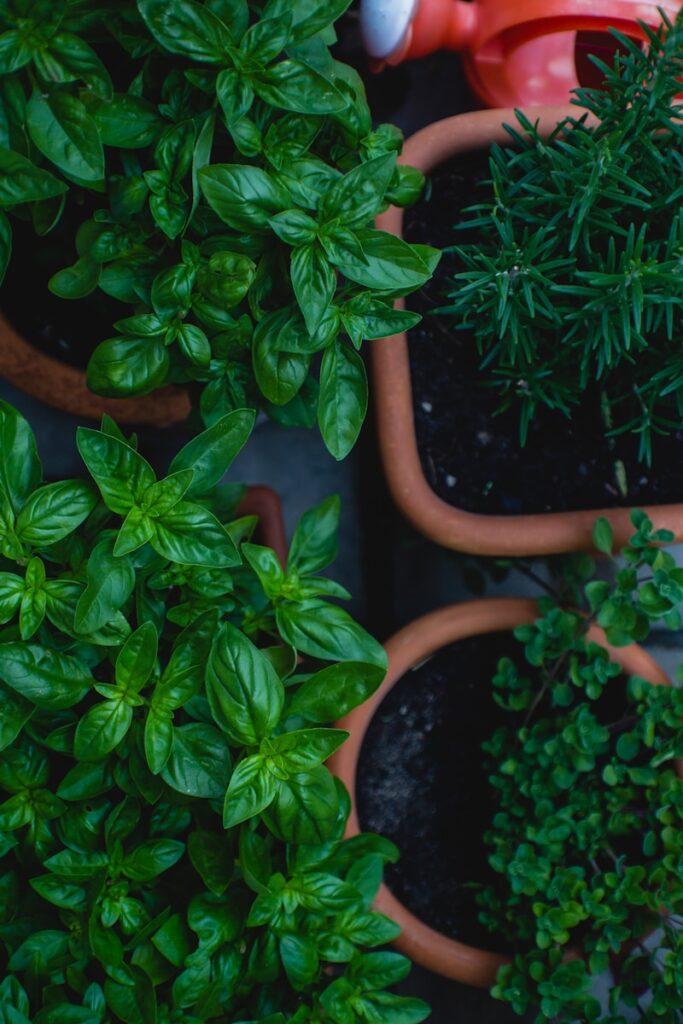
When choosing herbs for your window garden, go for varieties that handle steady light and indoor temperatures. Basil, parsley, chives, cilantro, mint, and oregano are all great options.
Basil loves bright light and moist soil. Parsley is easy to grow and perks up lots of dishes.
Chives are low-maintenance and enjoy a sunny spot. Cilantro likes good airflow and cooler areas.
Mint grows fast and can take over, so keep it in its own pot. Oregano prefers drier soil and lots of light.
These herbs are popular because they do well indoors and make meals taste better.
Select small pots or containers with good drainage for each herb
Pick pots that are small but deep enough for roots to spread out. Most herbs are happy in containers about 4 to 6 inches wide.
Make sure your containers have drainage holes. This helps prevent soggy roots and keeps your herbs healthy.
If your pot does not have holes, add some or place gravel at the bottom for drainage. Different materials like clay or plastic affect how quickly soil dries out.
Separate pots for each herb make it easier to care for them. You can move them around to catch the best light and water them as needed.
Small containers fit perfectly on windowsills and keep your herbs close when you are cooking.
Use a sunny windowsill that gets at least 4-6 hours of sunlight daily
Find a windowsill that gets plenty of natural light. Most herbs need at least 4 to 6 hours of sun each day.
South or east-facing windows usually work well for most herbs. West-facing windows can also be good if they get enough light.
If your spot does not get enough sun, your herbs might grow tall and spindly. Try turning the pots every few days so all sides get light.
Keep your windowsill warm and away from drafts. If sunlight is limited, consider using a grow light to help your herbs thrive.
Start with quality potting soil designed for herbs or indoor plants
Using the right soil is important for healthy herbs. Look for potting mixes made for herbs or indoor plants.
These mixes usually contain peat moss, coconut coir, and perlite. They help with drainage, moisture, and give your herbs the nutrients they need.
Good potting soil keeps roots from sitting in water and helps them get enough air. This makes it easier to care for your plants and keeps them growing strong.
Plant seeds or seedlings at appropriate depths according to their requirements
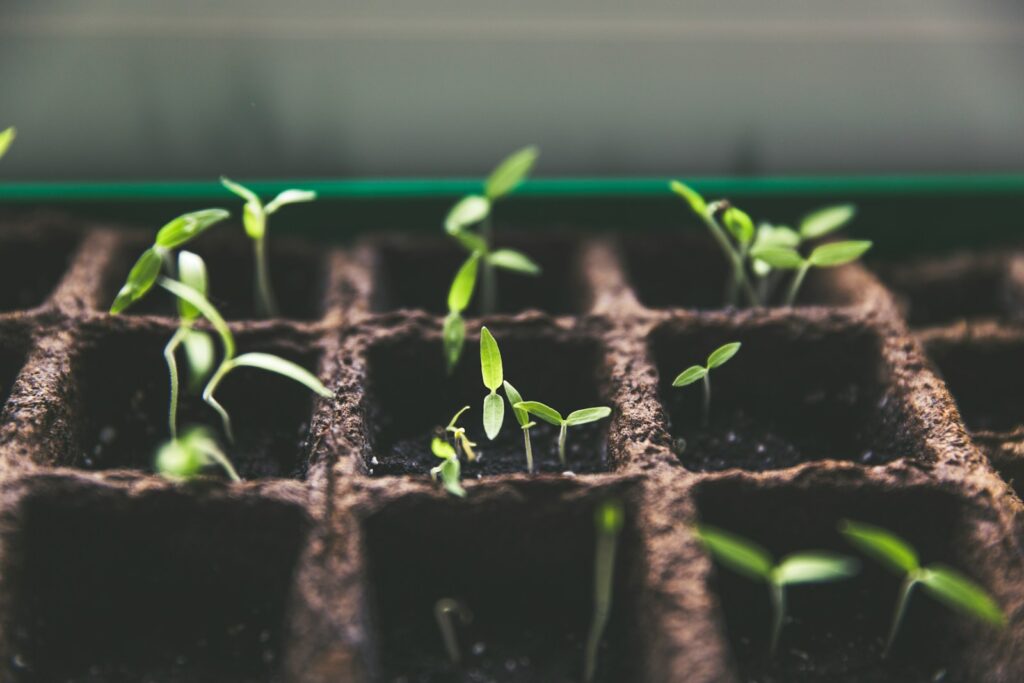
When planting, make sure seeds go at the right depth. Too shallow and they might dry out, too deep and they may not sprout.
A general rule is to plant seeds about two to three times as deep as their size. Seed packets usually give you the best guidance.
For seedlings, cover the roots with soil but avoid burying the stems. Keep the soil moist but not soggy for the best start.
Water herbs consistently but avoid overwatering to prevent root rot
Keep your herbs watered on a regular schedule. Consistent moisture helps them grow well.
Be careful not to overwater. Too much water can cause root rot, which can ruin your herbs.
Check the top inch of soil before watering. If it feels dry, it is time to water again.
Different herbs need different amounts of water. Mediterranean herbs like rosemary and thyme prefer drier soil.
Water in the morning to let the soil dry out during the day. This helps prevent problems and keeps your herbs happy.
Rotate pots regularly to ensure even sunlight exposure
Turn your pots every few days so all sides of your herbs get sunlight. This helps them grow evenly and stay healthy.
If you use grow lights, rotation still matters. Moving pots around makes sure no part of the plant is left in the shade.
Rotating pots is a quick, easy step that helps you get the most from your window garden.
Trim and harvest herbs frequently to encourage bushier growth
Regular trimming keeps your herbs bushy and productive. Pinch or cut the tips to encourage more leaves to grow.
Harvesting often also stops herbs from flowering too soon. This keeps their flavor fresh.
Snip the oldest stems first and leave the younger shoots to keep growing. Use clean scissors to avoid damaging the plant.
Pruning this way means you always have fresh leaves ready for your recipes.
Use small plant supports or stakes for taller herbs like chives
Taller herbs like chives can use a little extra support. Small stakes help keep them upright and prevent bending.
Use bamboo or other natural materials for stakes. Gently tie the stems with soft twine or plant ties.
This keeps your herbs neat and makes harvesting easier.
Group herbs with similar water and light needs together for easier care
Put herbs with the same water and light needs together. This makes it easier to care for them all at once.
For example, basil and oregano both like regular watering and sunlight. Rosemary and thyme prefer drier conditions.
Grouping herbs this way helps prevent overwatering or underwatering. It also makes your garden easier to manage.
Choosing the Ideal Window Spot
Think about where your herbs will get enough light and stay comfortable. You want a spot that gives them room to grow without getting too hot or cold.
Sunlight Requirements for Herbs
Most herbs need about 6 hours of direct sunlight each day. South or west-facing windows usually get the most sun.
If your window gets less light, try herbs like mint or chives that can handle some shade. You can also boost light with a reflector or grow light.
Sunlight helps herbs develop their best flavors and aromas.
Minimizing Drafts and Temperature Fluctuations
Windows can be chilly in winter, and drafts can harm your herbs. Avoid placing plants where cold air sneaks in or heaters blow directly on them.
Herbs like steady temperatures between 60°F to 70°F. Sudden changes can stress your plants.
If your window gets very hot in the afternoon, a light curtain can help protect your herbs from too much heat.
Caring for Your Window Herb Garden
Keeping your herbs healthy means watering just right, using good soil, and trimming them often. Paying attention to these details helps your plants grow strong and flavorful.
Watering Tips for Indoor Herbs
Let the soil dry out a bit between waterings. Stick your finger into the soil about an inch deep; if it feels dry, water your herbs.
Use room temperature water to avoid shocking the plants. Water slowly until it drains from the bottom of the pot.
If your containers do not have drainage holes, be extra careful not to overwater. Check your plants daily during hot or dry spells.
Adjust your watering if you notice leaves wilting or turning yellow. This could mean your herbs need more or less water.
Organic Fertilizer and Soil Mixes
Picking the right soil for your indoor herbs can make a big difference. Look for a light and well-draining mix that helps roots breathe and keeps plants happy.
A soil blend made for indoor plants or herbs usually does the trick. Heavy garden soil tends to hold onto too much moisture, which can make roots struggle.
When it comes to feeding your herbs, organic fertilizers are gentle and effective. Compost tea, fish emulsion, or a balanced liquid fertilizer every few weeks can keep your plants thriving.
It’s easy to think more fertilizer means better growth, but that’s not always true. Too much can cause herbs to become weak and leggy, especially in smaller pots.
Pruning and Harvesting Techniques
If you want your herbs to look lush and stay healthy, regular pruning is key. Grab some clean, sharp scissors and snip stems just above a leaf node or joint.
Try to harvest your herbs early in the morning when their essential oils are at their peak. Only take about a third of the plant each time so it keeps growing strong.
If you spot flowers starting to form, pinch them off right away. This helps your herbs focus their energy on making more flavorful leaves.

